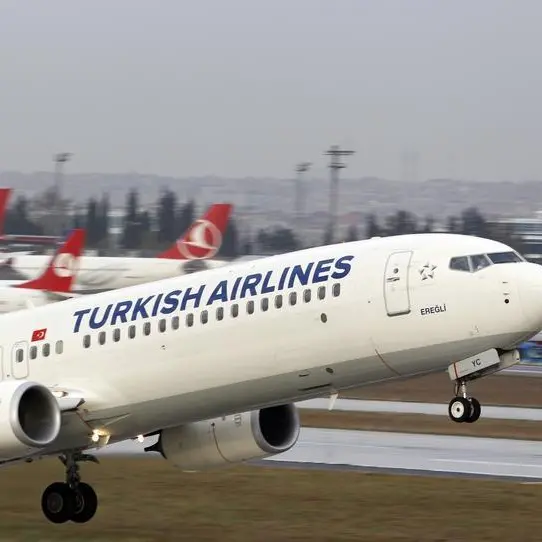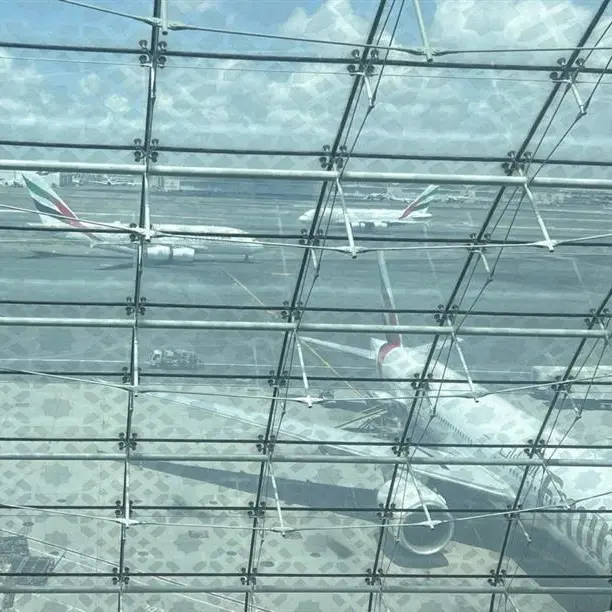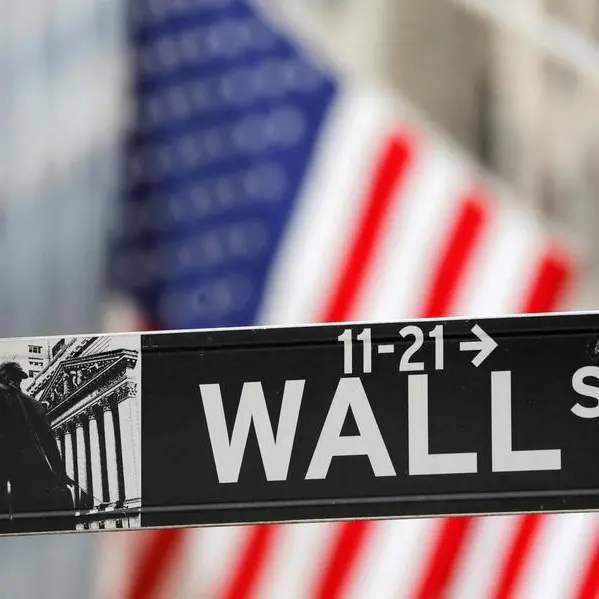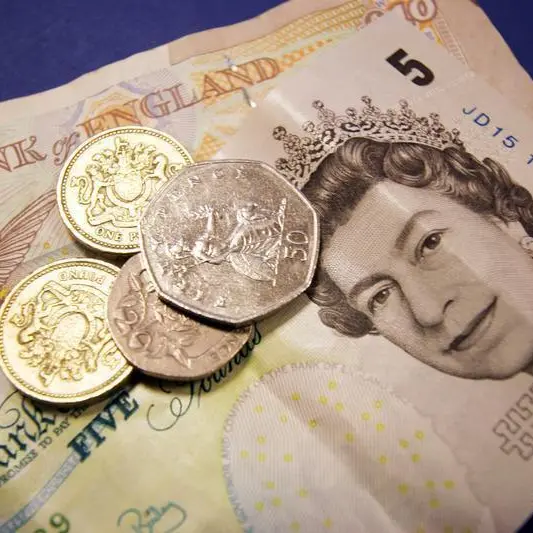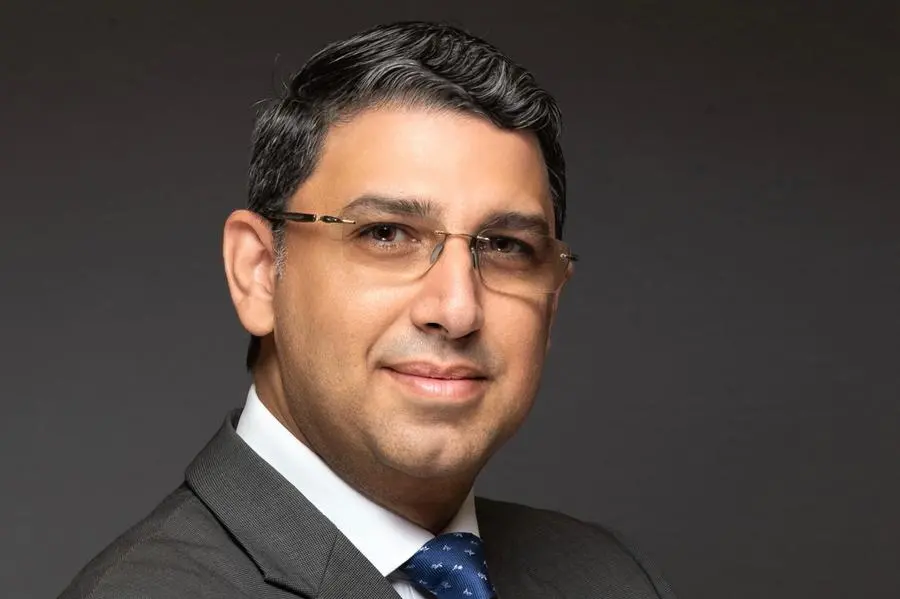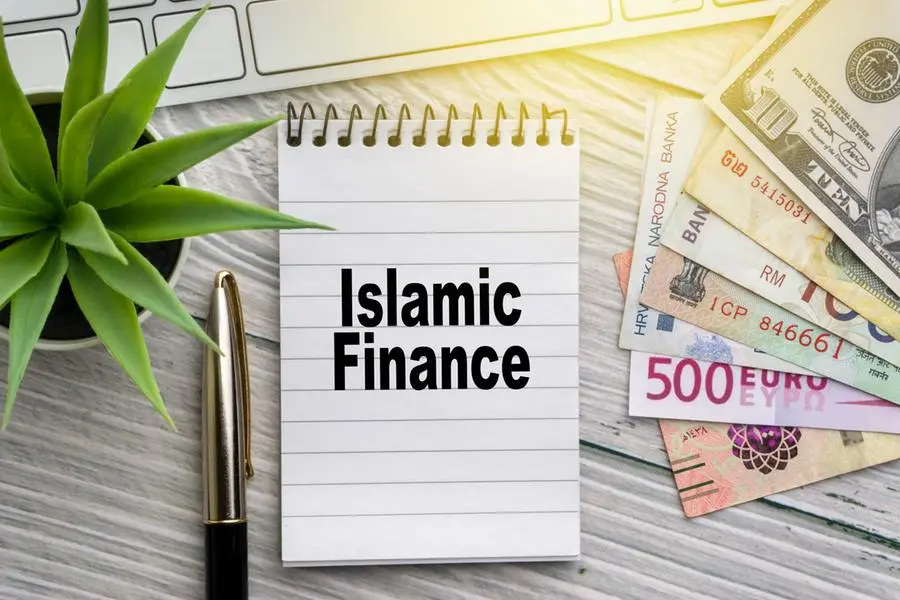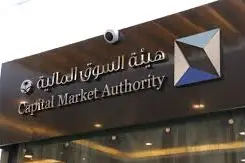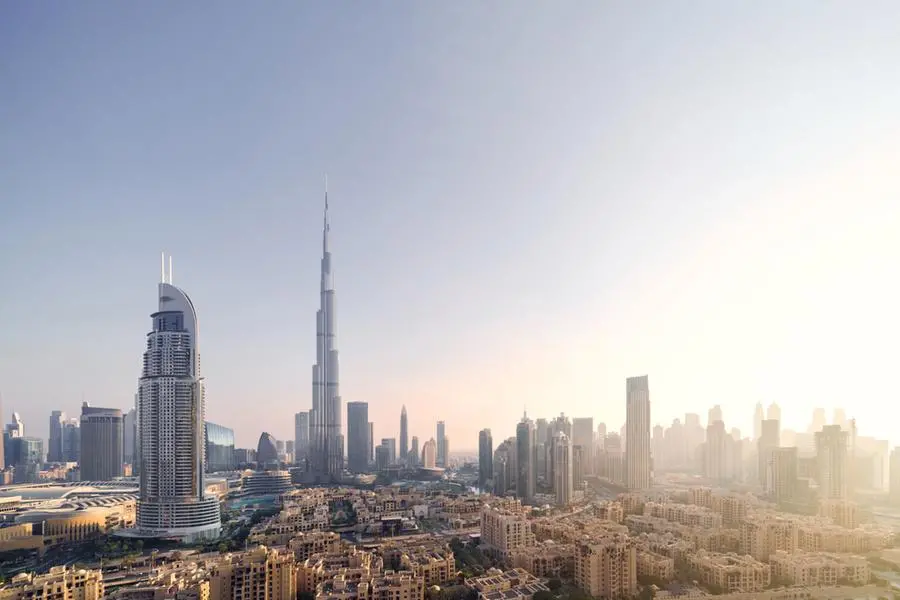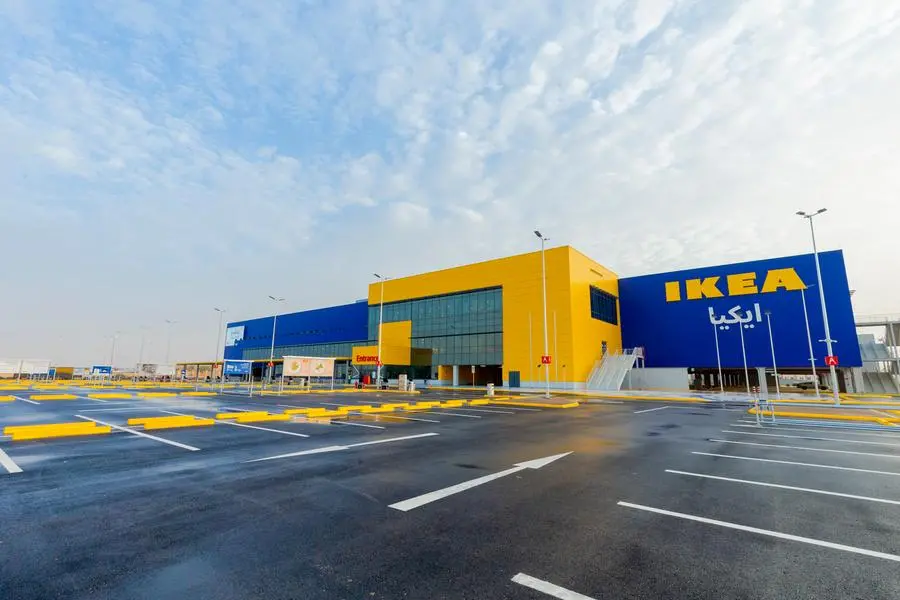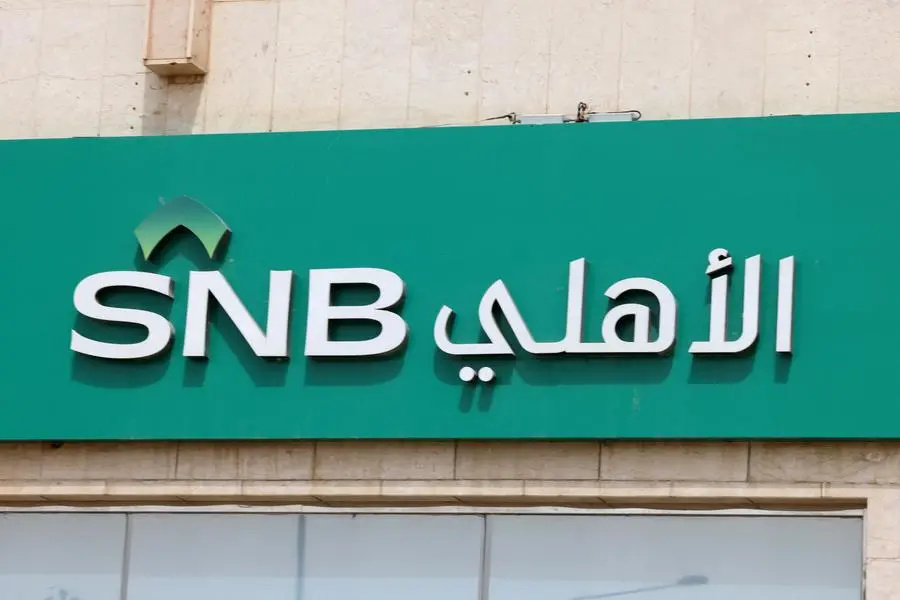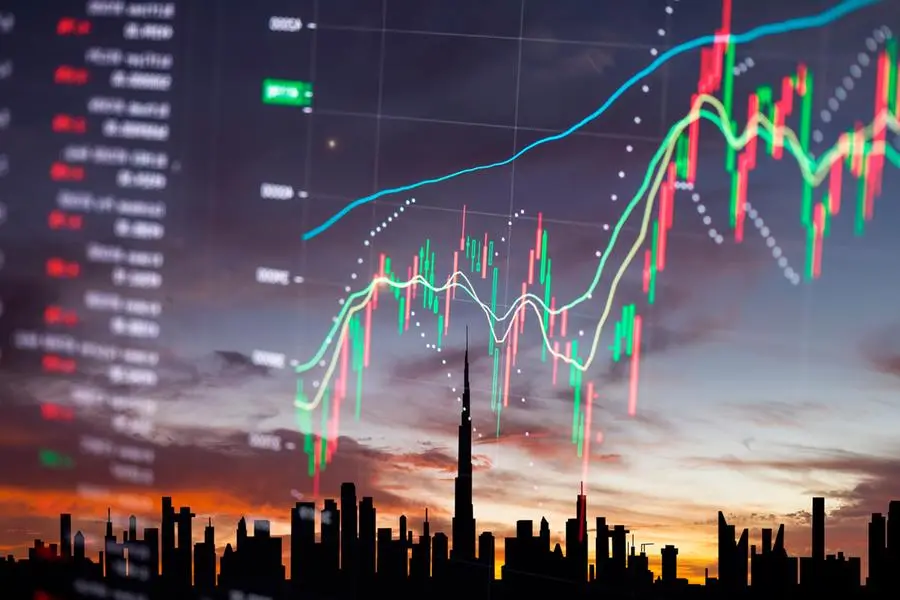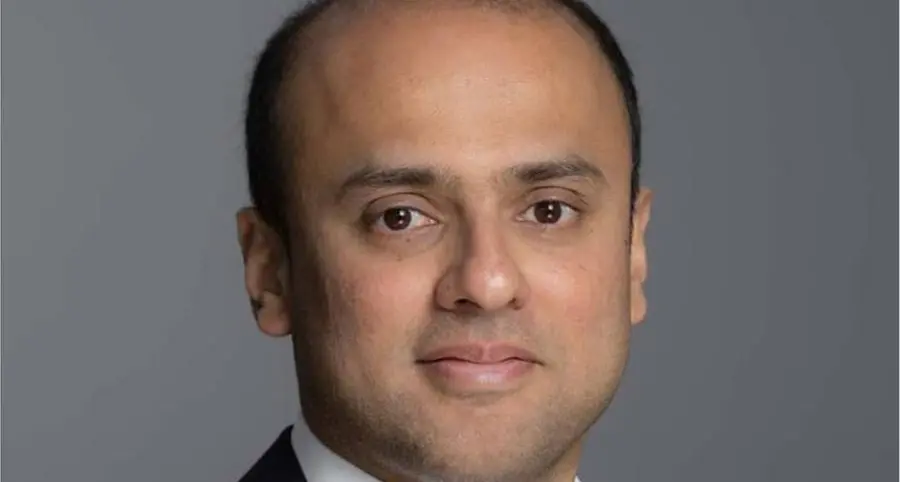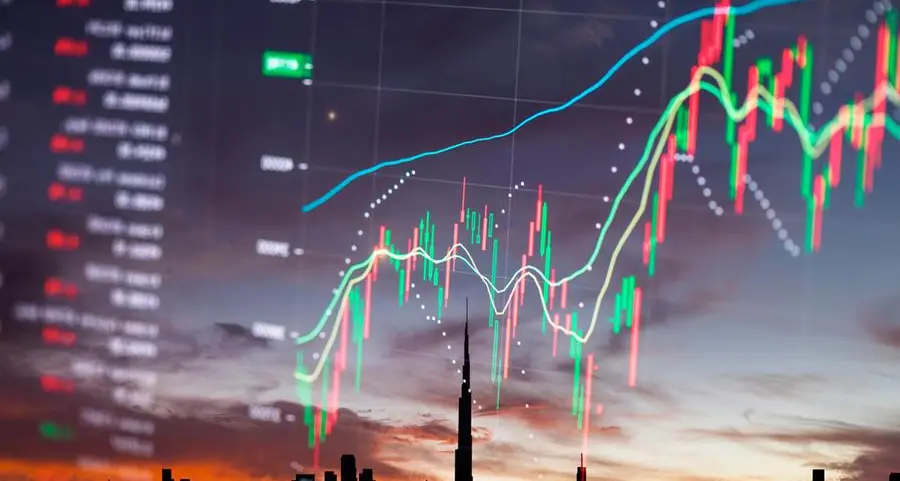Saudi Arabia's economy appears to be the picture of health but it masks significant challenges going forward, according to Bank of America Merrill Lynch (BAML).
The Wall Street bank believes there may be a great mismatch between the Kingdom's long-term commitments and its revenue forecasts over time.
"Saudi Arabia would start running continued fiscal deficits from 2023 while foreign exchange reserves would peak around that time as well," notes Jean-Michel Saliba.
"This would assume a 1.6% annual increase in oil production to 14.2-million bpd by 2035, oil prices flat broadly in real terms over 2012-2035 (reaching US$200 per barrel in 2035 in nominal terms), and real expenditures per capita growing by 0.6%yoy from 2013 onwards (this would entail expenditures to grow by 8.3%yoy over 2012-2035 versus 10.2% year-on-year over 2000-2011."
Mr. Saliba believes this scenario could occur because of three key reasons:
1. The bank does not expect to see huge developments in the Kingdom's oil production, especially as there are no major plans to boost production. The bank expects Saudi output to rise by four million bpd by 2035, which may not be enough to sate global demand...
2 ... Especially as the Kingdom's own domestic consumption has risen by 4.1% year-on-year since 2002. "This has the effect of decreasing the budgetary fiscal oil intake and raising the fiscal breakeven oil price," noted the bank.
3) Saudi Arabia's various expenditure commitments may not be matched by increases in revenues, especially if oil sales decline. The Kingdom has also pledged a USD131-billion package including USD66-billion in housing units - which was 25% higher than its total capital expenditures in 2011. Saudi Arabia's fiscal spending for the past 40 years has risen 13.5% annually, while revenues have increased by 23% during the same period - but BAML doubts the trend can continue.
"A stylized modelling exercise shows that current budgetary spending trends imply a fiscal breakeven oil price reaching USD120 per barrel by 2020. This would likely entail running fiscal deficits from the next decade onwards and accumulating domestic debt, and could potentially turn dynamics into a binding constraint on growth."
However, the bank thinks the country could bring the breakeven price down by changing course.
"While we still expect the breakeven to trend higher, given Saudi's record of prudent macroeconomic management, we would expect expenditures to be eventually gradually reprioritized over the medium-term, depending on the global and domestic outlook, and structural reforms to be contemplated."
Indeed, the UD120 per barrel budget breakeven price is worrying, given that Saudi Arabia's current breakeven price is estimated to be around USD78 per barrel according to recent estimates.
READ MORE ON BREAKEVEN PRICES
FIRST QUARTER
While the future prospects look somewhat cloudy, the Kingdom is currently benefitting from record oil production at a time of historically high oil prices. That ensured the Saudi economy grew at nearly 6% in the first quarter of the year, although down from the 7.4% growth posted in the first quarter of 2010.
The oil sector grew at an impressive 7.7% on the back of 13.2% increase in production during the year.
"Oil production is the central driver of the performance of the oil sector and the divergence between the growth in oil production and the oil sector is surprising and likely to be revised in future," noted Paul Gamble, chief economist and head of research at Jadwa Investment. "As oil production increased significantly in June 2011, the boost to GDP from the oil sector will fade in the coming quarters."
However, quarter-on-quarter change suggests a very different picture. Based on the quarterly criteria, the economy fell 13% in the first quarter of 2011.
"Two sectors record large quarterly drops in output in the first quarter. The first was utilities (down by 16% quarter-on-quarter), which reflects the drop in residential and commercial power demand due to much lower use of air-conditioning. The second was the oil sector (down by 54% quarter-on-quarter); the reason for this fall is unclear and not related to oil production."
OIL CORRECTION
The Kingdom's new mortgage law which was announced last week should provide an additional boost to the economy at a time when analysts are aggressively scaling back oil price forecasts.
"The implementation of the mortgage laws is credit positive for Saudi banks because we expect it to enhance their asset growth potential, strengthen the profitability of retail franchises and increase loan book diversification," said Christos Theogilou, assistant vice-president at Moody's ratings service.
Still, that will take a while to trickle into the system as banks adopt a cautious approach to mortgage lending at least in the first year.
In the interim, the Saudis are facing a short-term crude price correction. The U.S. Department of Energy (EIA) lowered global liquid fuels consumption forecast this year to 700,000 barrels per day, down from 800,000 barrels per day in its earlier estimates. The Department also forecast Brent crude oil spot prices to average $106 per barrel for 2012 and $98 per barrel in 2013.
"EIA's downward price revisions reflect shifts in expectations about oil market balances and the additional downside risks that are currently dominating market sentiments," the department noted in a report published Tuesday.
"However, there are both upside and downside uncertainties. The possibility that the economic situation in EU countries could deteriorate further poses a downside risk to global oil demand and prices, though the market's positive reaction to recent EU negotiations serves as a reminder that oil prices will fluctuate in both directions as perceptions about the likelihood of a deeper crisis evolve."
In this uncertainty, the outlook for oil-dependent Saudi Arabia is uncertain, even though it has numerous funding options - including vast amounts of foreign exchange reserve - in its arsenal to combat price shocks.
HSBC suggests that the Kingdom's spending focus has shifted from current to capital outlays, with commercial banks lending showing improvement, which offer a multiple effect and broadens the impact of the fiscal stimulus.
However, Saudi reserves are not a bottomless pool.
"Further declines in oil prices may lead to some moderation in public spending as well as a slowdown in the accumulation of reserves," said Simon Williams, an economist at HSBC. "A likely cut in oil output in response to weakening global demand will also weigh on growth as export volumes fall away. In all but the most extreme of circumstances, however, we would expect the authorities to push ahead with their core spending programmes, ensuring that growth maintains momentum."
CUT SPENDING OR CUT EXPECTATION?
However, Saudi Arabia may be less willing to cut spending as it could hurt job-creation.
"To a large extent this view rests on the urgency that we sense surrounds the government's spending objectives as the state seeks to combat still high levels of unemployment, particularly among the young," notes Mr. Williams.
A sustained and large drop in oil prices would likely first entail fiscal deficits but ultimately force cutbacks in spending and lead to lower GDP growth.
A downward shift in the crude's outlook could force revenue and subsidy reforms in the country, says BAML's Mr Saliba.
These could revolve around two key issues:
1) increasing non-oil revenues through the introduction of a VAT to help capture the growth in the non-oil economy; and,
2) lower implicit energy subsidies. The latter adjustment would need to strike a delicate balance between reducing growth of domestic oil consumption (and hence, freeing more capacity for exports and decreasing the fiscal breakeven) and maintaining the role of cheap energy in the industrial development policy, particularly regarding the competitiveness of energy-intensive sectors.
CONCLUSION
It's likely that oil prices remain high over the long-term, as most analysts expect, once the global economy embarks on a long road to recovery at some point next year.
But the Wall Street banks' slightly grim prognosis for the Kingdom does point to some of the cliffs facing the Saudi economy. Clearly, some of the expenditure trends and subsidies appear unsustainable over time, given the rising demographics and heavy demands on government resources.
Such trajectory points to the notion that the Kingdom may need to reform some areas of the economy when the going is good rather than at a time of a downturn.
"The need to intensify diversification efforts is becoming more pressing as domestic demand for oil continues to rise at a breakneck pace," notes Saudi bank Samba Financial Group.
With the Kingdom going through significant political changes especially after the death of two crown princes in the space of two years, it is truly going through a transformative period at its own pace, but it would be unfair to say it is going through a crisis.
If anything, government of other countries would love to be in Saudi Arabian government's shoes at this point in time. But perhaps that should not prevent the Saudi authorities from initiating change from a position of strength.
© alifarabia.com 2012

